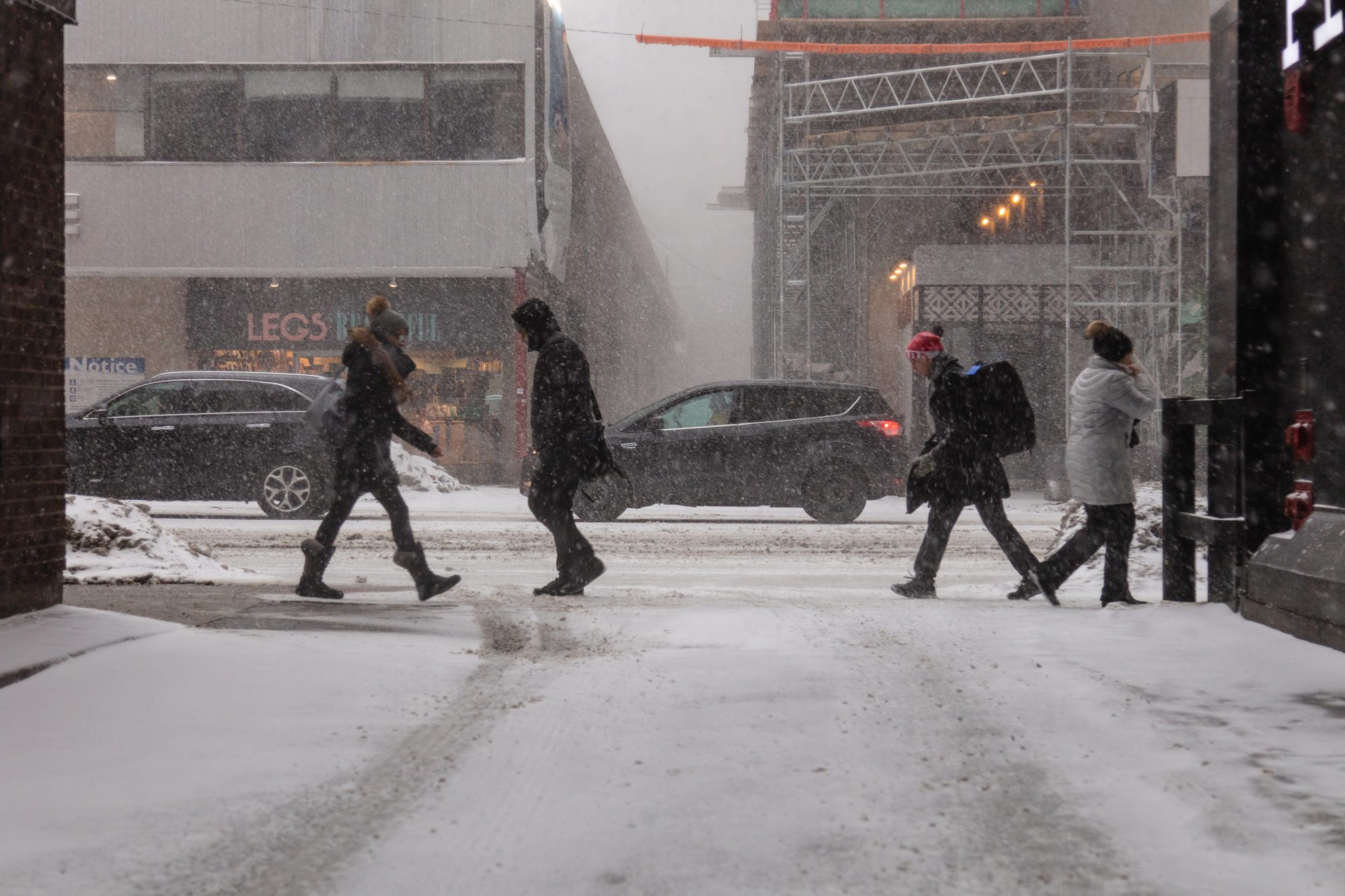The Canadian government have announced their plan to take in 500,000 immigrants annually under permanent residency schemes – but will this benefit Canada’s economic gap?
Canada is well known for its welcoming stance on immigration, necessitating more migrants in the country with permanent residency to fill the economic gap left by baby boomers who are gradually departing the workforce.
Canada already takes in more economic-class immigrants than other major nations – accepting 20,428 refugees out of its ambitious 59,000 goal in 2021 – but a recent poll shows there is also nationwide worry about welcoming in so many newcomers.
Like many western nations, Canada has an ageing population with a lower birth rate. It needs immigrants with permanent residency to retain the country’s labour force growth.
The Canadian federal government announced its plan to take in 500,000 immigrants a year by 2025, with almost 1.5 million new immigrants coming to the country over the next three years.
76,000 refugees are to resettle in Canada by 2023
Canada has tried to attract immigrants by promising permanent residency, which gives landed immigrants who have the right to stay in the country indefinitely but who are not citizens – to keep the population and the economy growing.
Last year, the country gave 405,000 immigrants permanent residency, which has been the most in its history.
This plan to attract immigrants to the country would see Canada welcome about eight times the number of permanent residents yearly. This is four times more than the United States.
But there are growing pains amongst the need for more people in work. Major cities like Toronto and Vancouver – where about 10% of the population currently lives – have affordable housing crises.

49% of Canadian respondents said the targets were too high
In a poll of 1,537 Canadians conducted by Leger and the Association of Canadian Studies, three out of four said they were somewhat or very concerned about the effect the new plan would have on housing and social services. Almost half, 49%, said the targets were too high, while 31% said that they were the right number.
Concerns around immigration also involve the worry that the French culture of Canada would be in decline. Quebec Premier Francois Legault said he is concerned more immigrants would weaken the French language in the province, saying: “Already at 50,000, it is difficult to stop the decline of French.”
Canadian governments are struggling to deliver basic services
Across Canada, surgeries have been cancelled in crammed hospitals since the onset of the COVID-19 pandemic. Additionally, Canadians have struggled to find family doctors in their packed healthcare system.
Thousands of people have already abandoned Canada’s biggest cities due to its unaffordability, including teachers, nurses, and construction workers – the very people who keep those cities running.
Additionally, developers are scrapping or delaying housing projects, owing to rising interest rates and waning profitability. Just when more homes are needed, fewer are being built.
Has Canada efficiently prepared to take newcomers in?
Several economists question why the federal government would create more demand for services when so many pillars of social infrastructure are in distress.
Many stress that cities like Ottawa are only focused on hitting immigration targets, with little planning regarding successfully absorbing those newcomers.
In response, the federal government says the solution is simple: more immigration. They’re planning to bring in more doctors and nurses from abroad, along with people to build homes.
Many recent immigrants have waited years for admission. Now they’re arriving at a time of decades-high inflation and slowing economic growth. Highly-skilled newcomers will likely manage the transition just fine. However, others are discovering the Canadian dream is an incredibly expensive deal.



![Europe’s housing crisis: A fundamental social right under pressure Run-down appartment building in southeast Europe set before a moody evening sky. High dynamic range photo. Please see my related collections... [url=search/lightbox/7431206][img]http://i161.photobucket.com/albums/t218/dave9296/Lightbox_Vetta.jpg[/img][/url]](https://www.openaccessgovernment.org/wp-content/uploads/2025/04/iStock-108309610-218x150.jpg)






